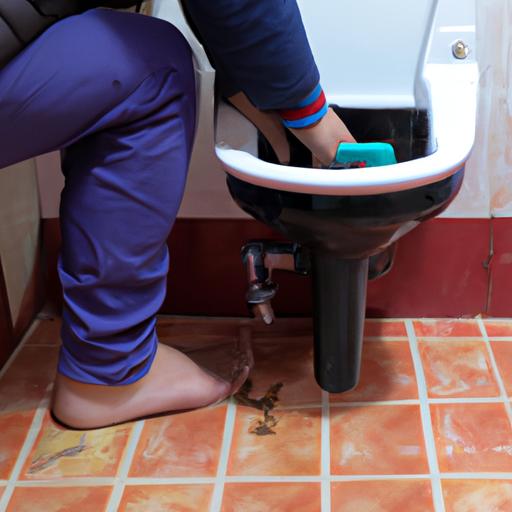Table of Contents
Introduction

Toilet paper is a ubiquitous item in modern society, with most people taking it for granted. It is an essential item that we use every day, but have you ever wondered what people used before toilet paper was invented? In this article, we will explore the history of toilet paper and the various materials that people have used throughout history for personal hygiene.
Toilet paper is a soft, absorbent paper that is used to clean oneself after using the toilet. It is a relatively modern invention, with commercial toilet paper being introduced in the United States in the late 1800s. Before this, people had to use alternative materials to clean themselves.
Historical Overview
Throughout history, people have been concerned with personal hygiene, and various civilizations have developed their own methods for keeping clean. In ancient Egypt, people used a combination of water, sand, and the left hand to clean themselves after using the toilet. The Romans used a sponge on a stick, which was shared among members of the household. In medieval Europe, people used straw or hay, while in Japan, people used paper or cloth.
However, it wasn’t until the introduction of paper in China that a material was used specifically for toileting. In the 6th century AD, the Chinese started using paper made from mulberry bark for personal hygiene. This practice spread to other parts of Asia, including Korea and Japan.
In Europe, the use of paper for toileting didn’t become widespread until the 16th century, when it was introduced by the Moors in Spain. However, it was still relatively expensive and only used by the wealthy.
Cultural Practices
Different cultures have developed their own unique practices for personal hygiene. In Islamic and Asian cultures, the use of water for cleaning oneself after using the toilet is common. In many parts of the Middle East, South Asia, and Southeast Asia, a small vessel called a “lota” or “bidet” is used to pour water over oneself. In addition to being more environmentally friendly than toilet paper, using water is also considered more hygienic.
In some cultures, natural materials were used for personal hygiene. For example, in ancient Greece, people used fragments of pottery known as ostraka to clean themselves. In rural areas of India, people still use stones, and in some parts of the world, shells and corn cobs have been used as well.
Evolution of Toileting Tools
Over time, various toileting tools have been developed to replace the use of natural materials. In the 17th century, the French invented the bidet, a device used to wash oneself after using the toilet. It was designed to be used in conjunction with water and was initially used only by the wealthy.
In the 18th and 19th centuries, various substitutes for toilet paper were developed. Handkerchiefs made from linen or cotton were commonly used, as were pages torn from books or newspapers. However, these substitutes were not very effective or hygienic.
It wasn’t until the 19th century that commercial toilet paper was introduced. In 1857, Joseph Gayetty created the first commercial toilet paper in the United States. It was made from hemp and was sold in packages of flat sheets. However, it was still relatively expensive and not widely used until the 20th century. Today, toilet paper is a common household item and is available in a variety of forms and materials, including recycled paper and bamboo.
Environmental Impact
While toilet paper is a convenient and essential item, the production and disposal of it have a negative impact on the environment. The production of toilet paper requires a significant amount of water, energy, and trees. According to the Natural Resources Defense Council, the production of toilet paper in the United States alone requires 28,000 trees per day.
In addition to the environmental impact of production, the disposal of toilet paper also has negative consequences. Most toilet paper is not recyclable, and it ends up in landfills, where it takes years to decompose. This contributes to the growing problem of waste management and pollution.
To address these issues, there are alternatives to commercial toilet paper that are more sustainable. Bamboo and recycled paper are two popular options, as they are made from renewable resources and require less energy and water to produce. Additionally, there are sustainable toileting practices, such as composting toilets, that can reduce the need for toilet paper altogether.
Conclusion
In conclusion, toilet paper is a modern invention that we take for granted. However, people throughout history have used a variety of materials to clean themselves after using the toilet. While toilet paper is convenient, its production and disposal have negative consequences for the environment. It is important to consider more sustainable options, such as bamboo and recycled paper, as well as sustainable toileting practices, such as composting toilets. As technology and awareness continue to develop, we can look forward to a future where toileting is both convenient and sustainable.